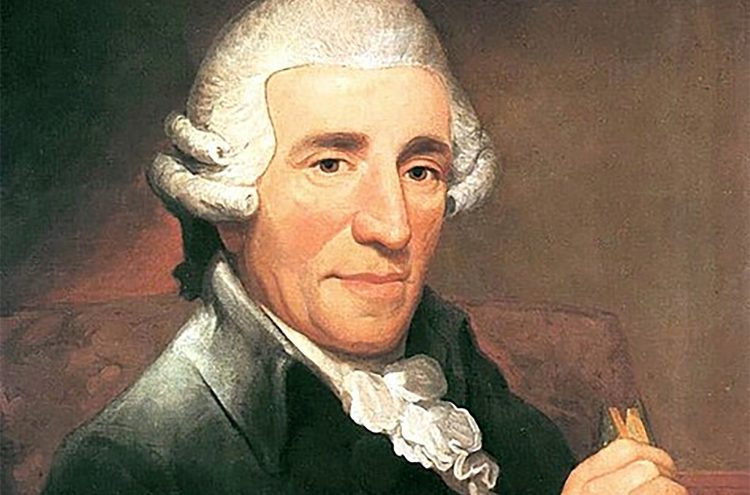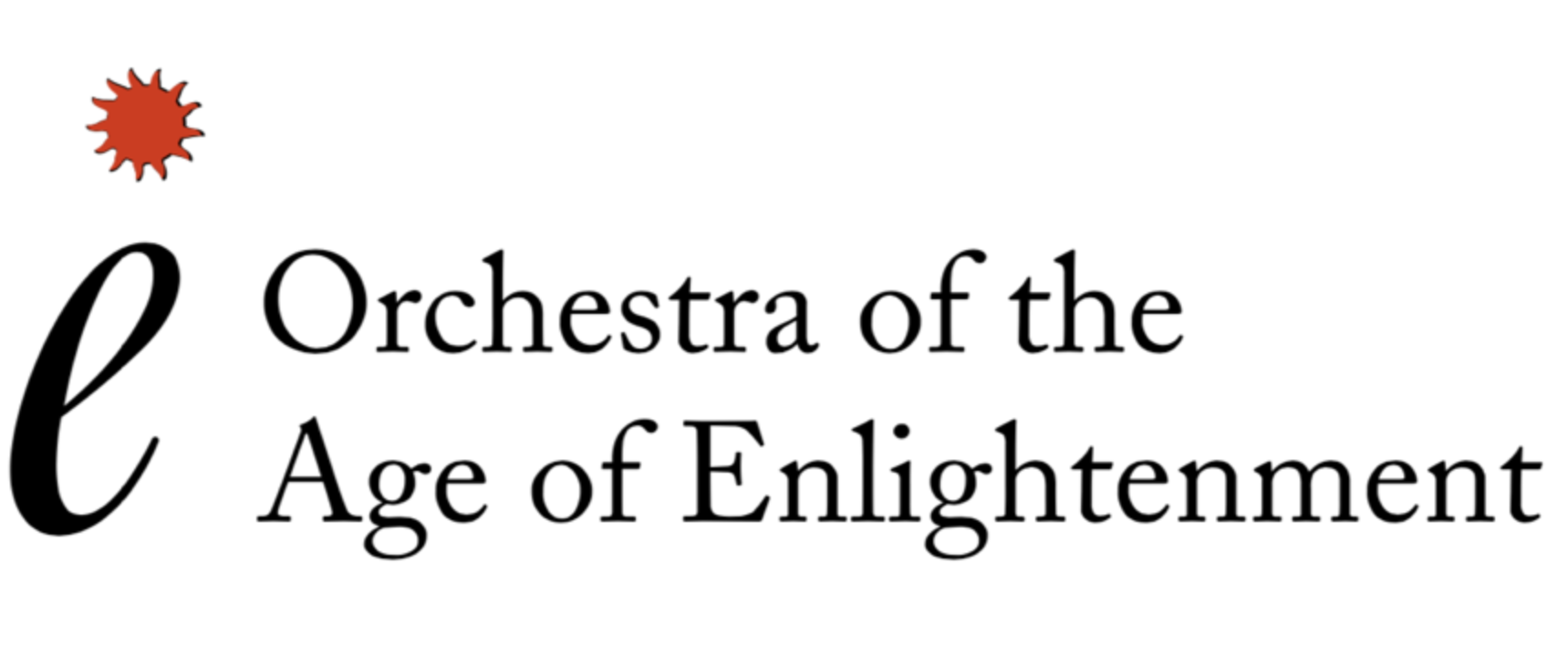Storm and Stress 29 September 2022

Spend much time reading music textbooks, and sooner or later you’ll come across the term “Sturm und Drang” (Storm and Stress): an artistic mood of passionate, often violent emotion that swept across the German-speaking world in the 1770s. It’s often applied to the symphonies that Haydn wrote at the first peak of his creative maturity, and when you listen to music as turbulent as this extraordinary symphony in E minor, it’s easy to hear why.
"I was cut off from the world. There was no-one to confuse or torment me, and I was forced to become original."
There’s just one problem. As far as we know, the symphony was composed between 1769 and 1772 at the great palace of Eszterháza, where Haydn was Kapellmeister to the powerful Hungarian nobleman Prince Nicolaus Esterházy. “I was cut off from the world. There was no-one to confuse or torment me, and I was forced to become original”, he remarked. So any Stürm or Drang in his music came from his own super-fertile creative imagination. From the brooding first movement, through an Adagio so poignant that Haydn reportedly asked for it to be played at his own funeral (hence the nickname Funeral or Mourning symphony) and the finale’s torrential climactic downpour, that imagination never lets up.
In time, the Esterházys came to realise that they had an international celebrity in their service, even if – under Nicolaus’s successor Nicolaus II – it proved impossible to maintain music-making at Eszterháza on quite the same scale. Haydn stayed on the payroll, but from 1796 onwards his only major duty was to compose a Mass each year for the name-day of Princess Maria Hermengild, the Prince’s music-loving wife. The Mass for 1798 had a revealing title: Missa in angustiis – Mass in Troubled Times. The previous year, Napoleon Bonaparte’s armies had forced Austria into a humiliating peace. More immediately (for Haydn), with the European economy in chaos, the Prince had been forced to dismiss his remaining woodwind players, leaving Haydn with an orchestra of strings and a handful of brass instruments.
Haydn, as ever, took the limitation as a creative challenge. The Missa in angustiis is taut, dark and intensely dramatic – with the four solo singers conveying an almost operatic passion, and the drums and trumpets of war cutting repeatedly through the texture of the music, even as it follows the sacred text’s alternating patterns of repentance, affirmation and praise. When the Mass was first performed, on 23 September 1798, news had just reached Austria that the Royal Navy, under Admiral Nelson, had inflicted a crushing defeat on the hated Bonaparte at Aboukir Bay. Haydn hadn’t known that – but this urgent and stirring work quickly suddenly seemed powerfully relevant.
"...arguably Haydn’s greatest single composition."
And two years later, when Nelson and his mistress Emma Hamilton were the honoured guests of Prince Esterházy, Haydn directed the music, which may (though no-one is quite sure) have included the Missa in angustiis. Haydn was flattered by the attentions of “Melady Hamilton” and Nelson asked for one of Haydn’s old quill-pens as a souvenir. It’s been the Nelson Mass ever since.
The OAE performed Symphony No. 44 and the ‘Nelson’ Mass in concert at Kings Place on 30 September 2022.

